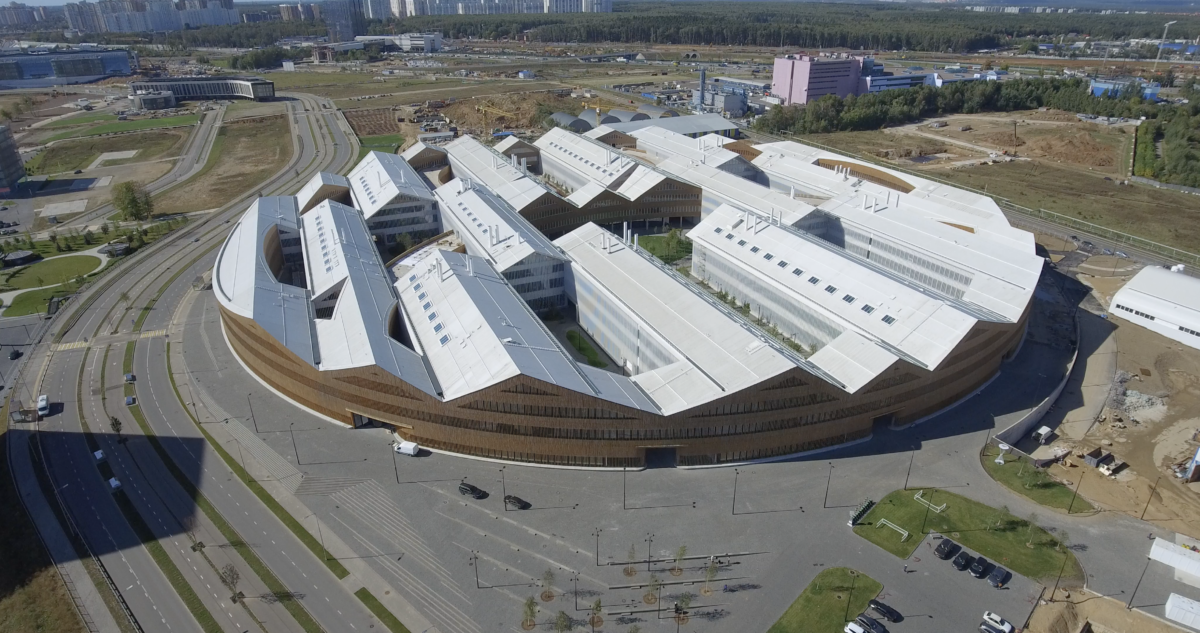From pv magazine Global.
There are many processes at work during the charging and discharging of a lithium-ion battery, some of which are still not fully understood despite the technology’s growing prevalence.
Observing such events could unlock ways of improving performance but is no easy task given the complex structure of lithium-ion batteries and the limitations of microscope technology.
Scientists at Moscow’s Skoltech Center for Energy Science and Technology have developed a way to take a closer look at one such process – the formation of a solid-electrolyte interphase (SEI), which the researchers described as a “thin layer of electrolyte reduction products formed on the surface [of] a lithium-ion battery anode during several initial cycles.”
The formation of such films, according to the Skoltech group, is vital to mitigate battery degradation. However, in-situ measurement of the formation of SEI has proven difficult, and replacing commercial battery materials with more uniform alternatives in the lab has been the only way to achieve results.
Cross-section
“Battery-grade materials are powders and visualizing dynamic processes on their surface by AFM [atomic force microscopy], especially in [a] liquid environment, is challenging,” said Skoltech scientist Sergey Luchkin. “A standard battery electrode is too rough for such measurements and isolated particles tend to detach from [the] substrate during scanning. To overcome this issue, we embedded the particles into epoxy resin and made a cross-section so the particles were firmly fixed in the substrate.”
In addition to highly-oriented pyrolytic graphite – one of the more uniform carbon materials previously used to study SEIs – the Skoltech group applied its cross-section process to electrodes of mesocarbon microbead graphite and non-graphitizable amorphous carbon, enabling the researchers to observe formation of the SEI layer and assess its electrical and mechanical properties.
The results, published in Scientific Reports, show the conditions for SEI formation differ significantly depending on electrode material. SEI adhesion was found to correlate with the surface roughness of an electrode. Rougher surfaces were found to prompt reduced degradation as the SEI is able to penetrate into the more porous surface and achieve better adhesion.
Differences
The cross-section approach was also applied to lithium-manganese-cobalt cathodes and these exhibited no sign of SEI layer formation. That result, according to the scientists, suggested future research should acknowledge fundamental differences in stabilization mechanisms between anode and cathode in a Li-ion battery.
“Spatially-resolved investigations of battery interfaces and interphases, detailed in this work, provide significant new insights into the structure and evolution of the anode SEI,” said Skoltech professor Keith Stevenson. “Therefore, they provide firm guidelines for rational electrolyte design to enable high-performance batteries with improved safety.”
This content is protected by copyright and may not be reused. If you want to cooperate with us and would like to reuse some of our content, please contact: editors@pv-magazine.com.









By submitting this form you agree to pv magazine using your data for the purposes of publishing your comment.
Your personal data will only be disclosed or otherwise transmitted to third parties for the purposes of spam filtering or if this is necessary for technical maintenance of the website. Any other transfer to third parties will not take place unless this is justified on the basis of applicable data protection regulations or if pv magazine is legally obliged to do so.
You may revoke this consent at any time with effect for the future, in which case your personal data will be deleted immediately. Otherwise, your data will be deleted if pv magazine has processed your request or the purpose of data storage is fulfilled.
Further information on data privacy can be found in our Data Protection Policy.